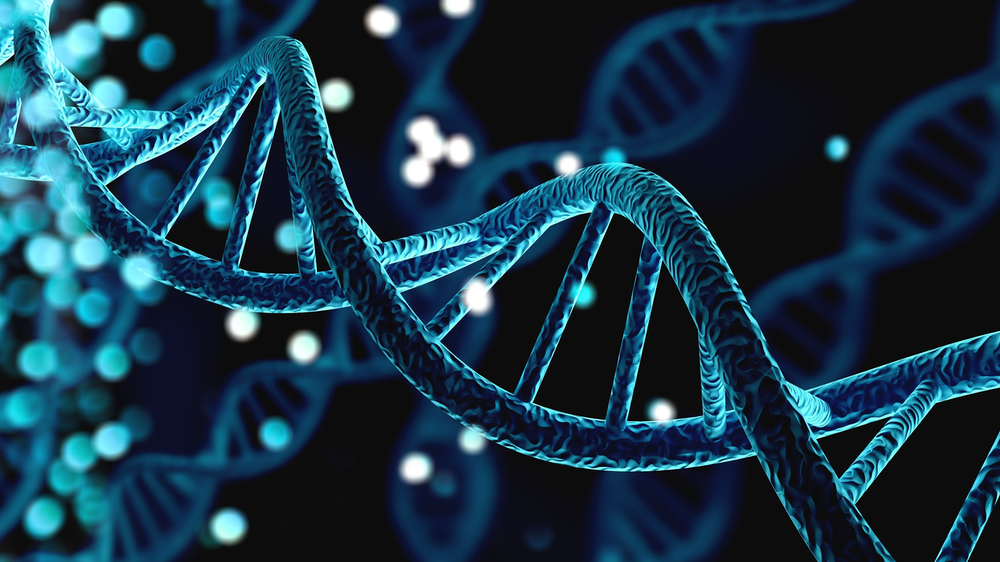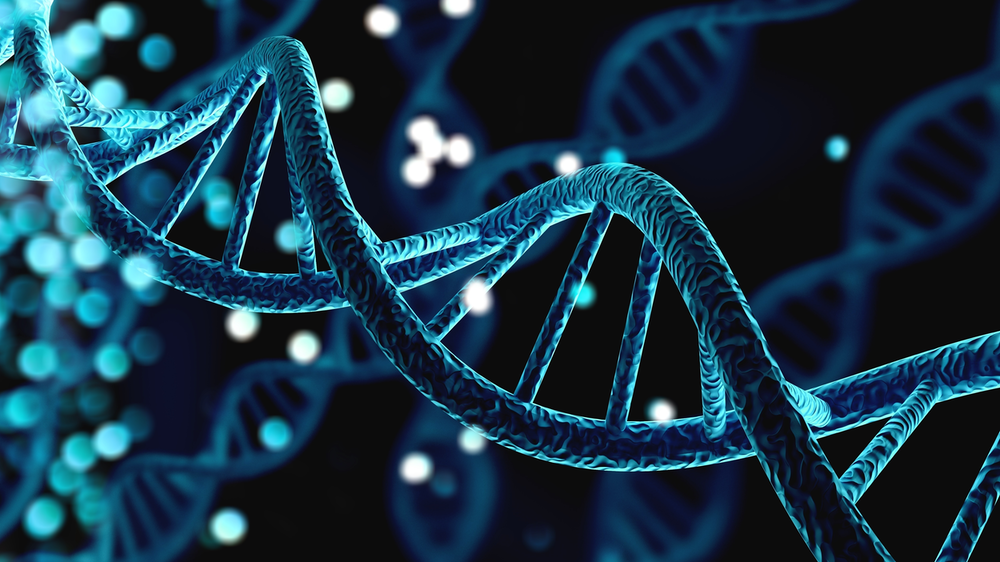How Having Extra Chromosome Sets Shapes Evolution
Crop plants such as wheat and oats, bacteria that live in extreme environments, and some species of salamanders and frogs are polyploid, meaning they have more than two sets of chromosomes. Having multiple sets of chromosomes dilutes the impact of a mutation of a specific chromosome, as there are more nonmutated versions present. However, the redundancy also opens the possibility that the mutation can evolve to gain new functions. Faced with these contrasting effects, biologists have debated whether polyploidy speeds up or slows down the evolution of an organism. Now, predictions from Tetsuhiro Hatakeyama of the Institute of Science Tokyo and Ryudo Ohbayashi of Tokyo Metropolitan University suggest that the answer isn’t singular but depends on an organism’s fitness landscape, a metaphorical terrain that maps the relationship between genetic variation and reproductive success [1].
Being polyploid comes with benefits: It makes crops more resilient to environmental stresses, helps bacteria resist drugs, and contributes to marine cyanobacteria’s success across diverse habitats. Although many studies have looked at how being polyploidy improves an organism’s fitness, its role in evolution has received relatively little attention. To address this problem, Hatakeyama and Ohbayashi developed a new model to study the speed of evolution of polyploid organisms.
In the duo’s model, each of a cell’s chromosome sets contain slightly different versions of the organism’s genome. When a cell divides, its daughter cells can either inherit a complete set of chromosomes, which is then duplicated, or a random assortment of chromosomes, with the number of chromosomes being the same as that in the mother cell. In the latter case, a daughter cell can end up inheriting multiple copies of some chromosomes and no copies of others. The contents of the chromosomes can also mutate, nudging a daughter cell into a slightly different phenotype.
The researchers found that when no phenotype had an evolutionary advantage and when the mutations occurred slowly over generations, genomes of polyploid organisms evolved at a rate comparable to or slower to that of haploid cells, those containing a single set of chromosomes. The resulting lower genetic variation in fitness among the polyploids put them at an evolutionary disadvantage in comparison to haploid cells.
The duo also found scenarios where polyploid organisms could evolve faster than haploid ones. The scenarios involved fitness landscapes with deep valleys and high peaks and chromosome inheritance that was random. Polyploidy still led to lower genetic variance in fitness as compared to haploid organisms. However, the faster evolution of new traits, marked by jumps across peaks, suggests that the maxim that higher genetic variance improves fitness doesn’t apply to polyploid organisms.
Looking next at how the evolutionary rate changed with the number of chromosome sets an organism has, Hatakeyama and Ohbayashi found that the rate increased with the degree of polyploidy, until the number of chromosome sets reached between 20 and 30. This range corresponds with the level of polyploidy observed in many cyanobacteria species, suggesting that the number of chromosome sets an organism has could influence its evolutionary strategy for adaptation in different conditions.
As well as plants, animals, and microbes, polyploidy is a feature of some cancers. Polyploid cancer cells have been implicated in resistance to cancer treatment. Like bacteria, polyploid cancer cells inherit chromosomes randomly. “Since our model doesn’t assume anything special about bacteria, it can apply to cancer cells,” Hatakeyama says. That application could allow the model to provide insights into drug resistance of cancer cells.
The researchers used large-deviation theory, a statistical theory that estimates the occurrence of rare events, such as evolutionary jumps. “Large-scale genome evolution can allow the system to jump to a new location in genome space, where the population is much fitter,” says Nigel Goldenfeld of the University of California, San Diego. Goldenfeld, who was not involved in the study, says the researchers were able to quantify the likelihood of this jump.
Goldenfeld was also impressed by the model’s simplicity. “It is an outstanding example of asking an important biological question using just enough biological realism that it is persuasive, but not too much that the outcome is obscured by unnecessary complications,” he says. Frederik Mortier, a postdoctoral researcher at Ghent University, Belgium, who was also not involved in the study, thinks, however, that the model could be more realistic. “The redundant copy [of the genome] has the freedom to evolve and, all of a sudden, it can acquire a new function,” Mortier says.
Hatakeyama too is wary of the model’s limitations. “We considered the number of chromosome sets to be fixed during evolution but, in reality, this number can change,” Hatakeyama says. Future iterations of the model would need to account for these fluctuations. Moreover, he adds that it is important to validate this model with experiments.
–Sachin Rawat
Sachin Rawat is a freelance science writer based in Bangalore, India.
References
- T. S. Hatakeyama and R. Ohbayashi, “Evolutionary innovation by polyploidy,” PRX Life 2, 043021 (2024).





